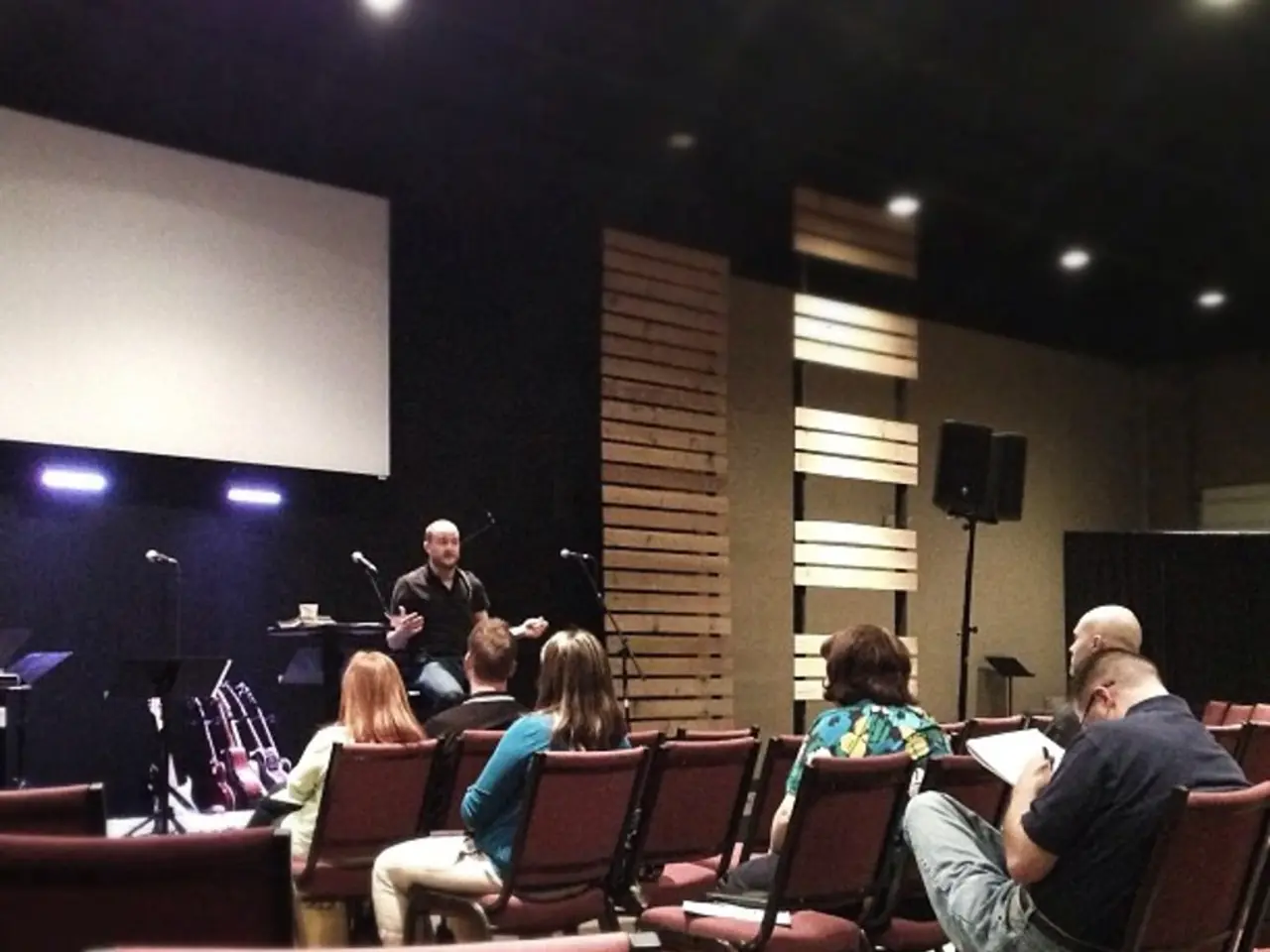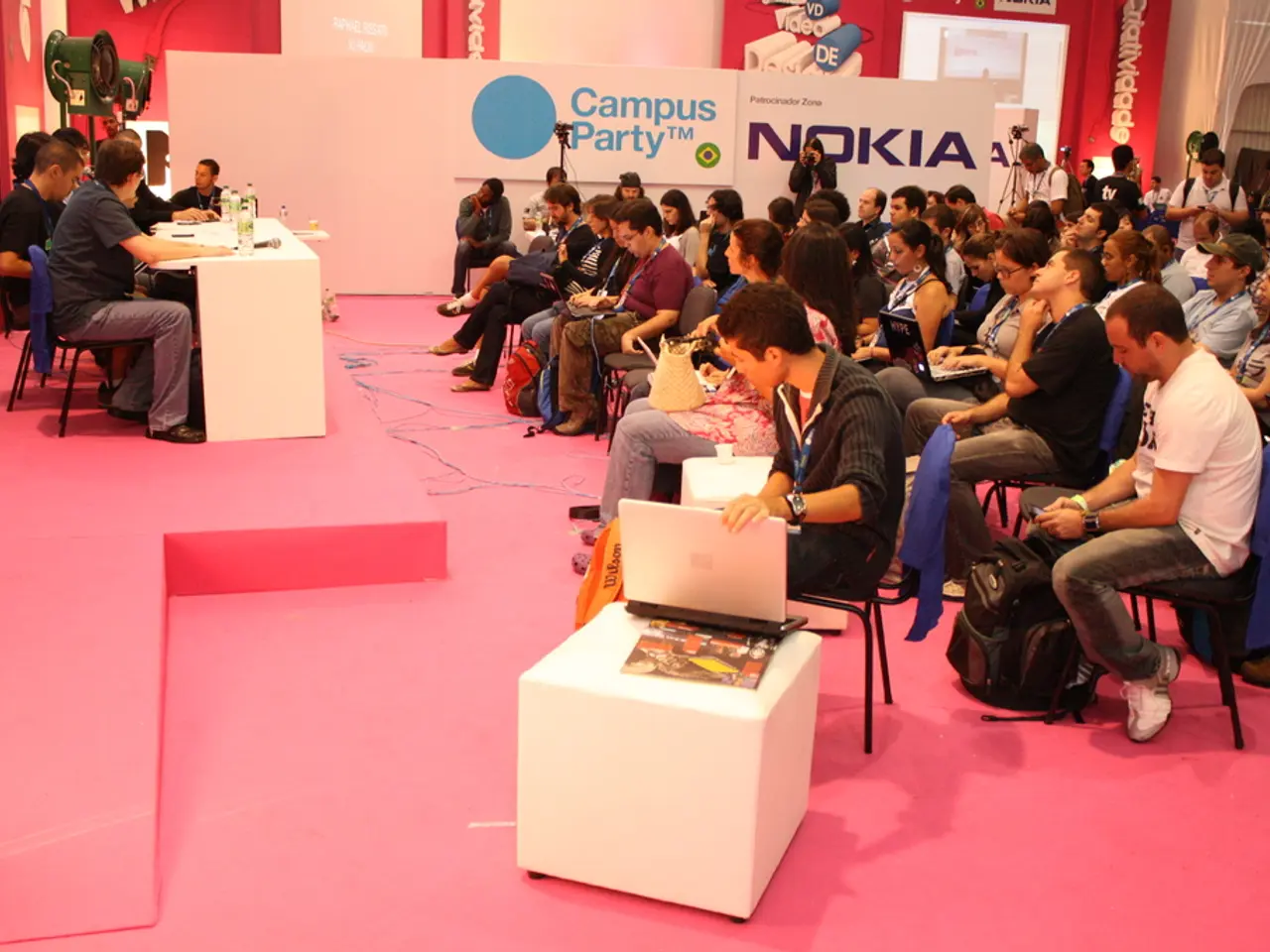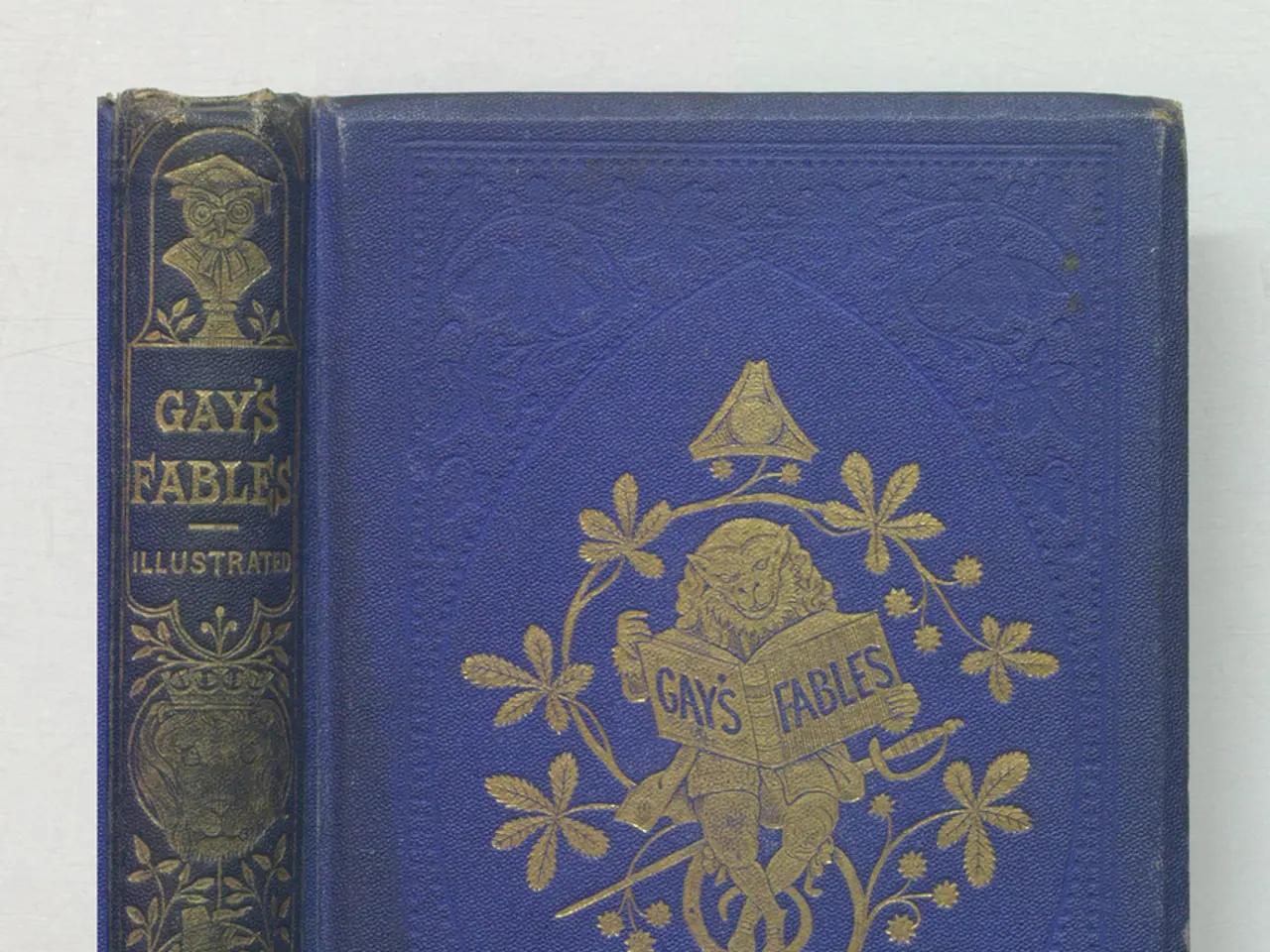Lauterbach leads in talk show appearances count
In the realm of German public talk shows, a striking gender imbalance has been observed among the most frequent guests since 2015. The latest rankings reveal that ZDF journalist Elmar Theveßen, with 113 appearances, holds the second spot, while "Welt" journalist Robin Alexander is in third place with 109 appearances. Notably, journalist and jurist Melanie Amann is the only other woman in the top ten, and Sahra Wagenknecht, BSW chairwoman, places eighth in the ranking.
The top five most frequent guests, however, are all men. Current Chancellor Friedrich Merz is in 37th place, with 41 appearances, followed by CSU leader Markus Söder in fifth place, with 90 appearances. CDU foreign policy expert Norbert Röttgen is in fourth place, with 97 appearances, and Jens Spahn, sixth most frequent guest, has made 58 appearances.
Former Chancellor Olaf Scholz ranks 28th in the list, with 34 appearances, and the graph suggests that his appearances on talk shows may have increased in recent years.
Interestingly, the graph also indicates that Merz was hardly present in talk shows in the early years of the study, but his appearances increased over time. This trend is also evident in the consistent appearances of Jens Spahn and Christian Lindner over the past decade.
Despite the high number of appearances by women such as Wagenknecht and Amann, the graph shows that the proportion of women among all guests has remained around 35 percent throughout the study period. No other women are in the top ten most frequent guests on major public talk shows.
The persisting gender imbalance can be attributed to several factors. Political and media representation bias, structural and cultural barriers, gender stereotypes, and social norms are all contributing factors. Men traditionally hold more senior and visible political positions, making them more likely to be invited as guests. Women are underrepresented in high-profile political roles and leadership positions, limiting their visibility and the likelihood of being invited onto political talk shows.
Media producers may have implicit biases or assumptions about authority and expertise that favour men, perpetuating male-dominated participation in public political discourse. Despite efforts to increase gender equality in politics and media, progress has been incremental, with the legacy of traditional gender roles remaining influential.
This conclusion aligns with broader known patterns of gender inequality in political publicity, even though the search results provided do not offer a direct explanation. If more specific studies or data on German talk shows were available, they could offer more detailed insights.
The Commission, in its consultation on the draft budget, might also examine the imbalance in gender representation within German public talk shows, considering the persistent 35% proportion of women among all guests throughout the study period. Social media platforms could be utilized to enhance the visibility of women in high-profile political roles, thereby challenging traditional gender norms and promoting more equitable representation in entertainment and political discourse.




